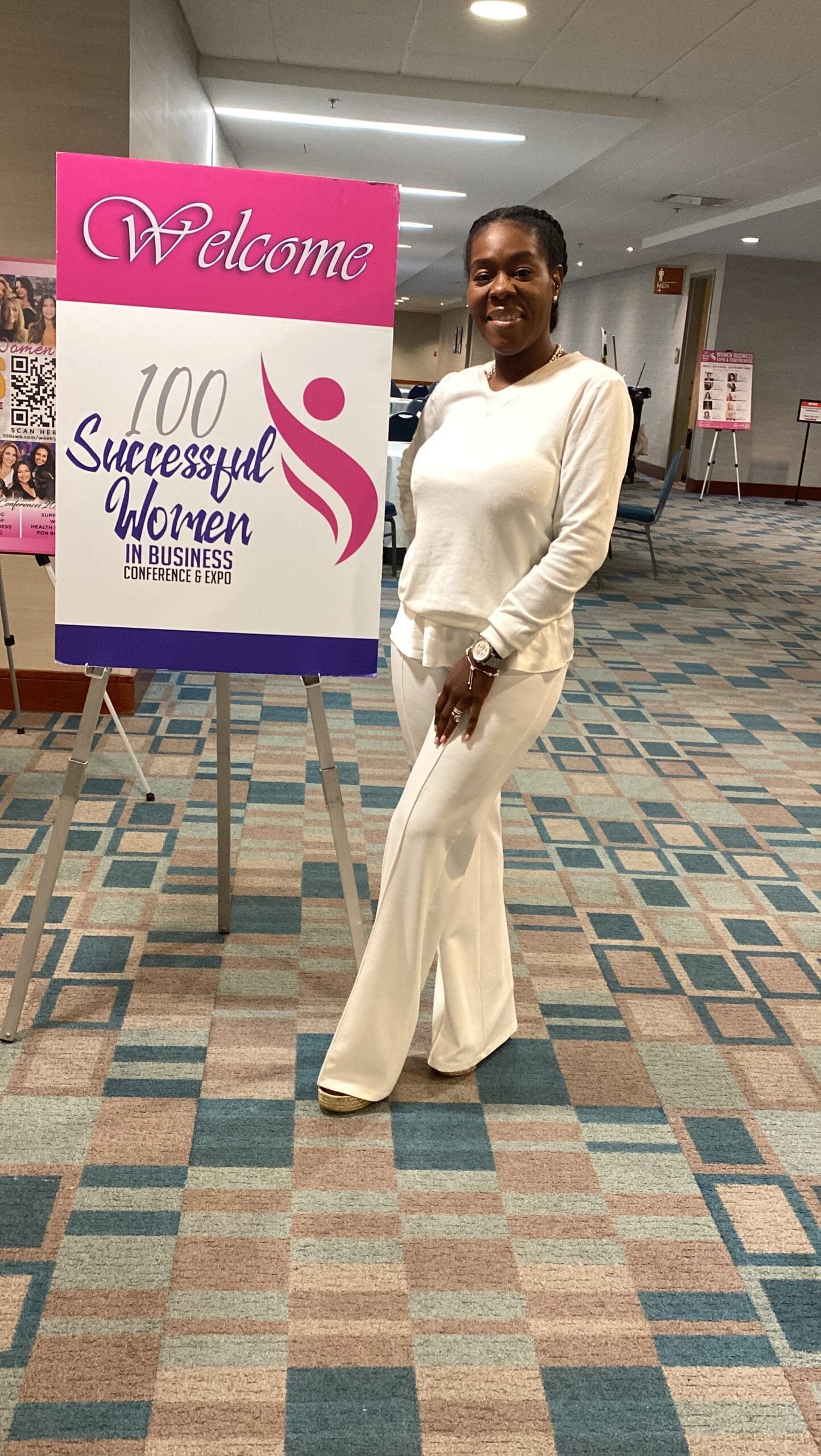- HOMEPAGE
- MY STORY
- OUR SERVICES
- HIRE JESSICA TO SPEAKER
- OUR EVENTS
- FREE GUIDE
- CONTACT US
- BLOG
- Mindset & Self-Worth
- BREAKING FREE LIMITING BELIEFS
- HEALING SUPPORT: LET GO OF THE PAST
- PURPOSE ALIGNMENT: CREATE A MEANINGFUL AND FULFILLING LIFE
- SELF-LOVE UNVIELED: A JOURNEY THROUGH PHILOSOPHY, PSYCHOLOGY, AND PERSONAL GROWTH
- The Truth About Women’s Resolutions
- Mirror Talk: A 5-Minute Daily Ritual to Boost Self-Compassion
- Whose Glasses Are You Wearing?
- From Default Mode to Design Mode: Re-Wiring Your Habit Brain in Just 21 Minutes a Day
- Embracing Self-Worth: A Message to Women in Leadership
- Are You a Big Tree in a Small Pot?
- A Simple Choice for a Better Day
- Live on Purpose: A Simple System to Align Your Days with What Matters
- Mindset & Self-Worth
- The 50/30/20 Myth & the 5-Bucket System That Actually Fits Real Life
Let Go of the Past and Embrace Your Future
Healing Support: Let Go of the Past and Embrace Your Future
Discover the Science, Stories, and Strategies to Release Emotional Baggage and Build a Brighter Tomorrow
The journey of emotional healing is as old as civilization itself. From the banks of the Nile to the shores of Greece, ancient cultures recognized the profound connection between mind, body, and spirit. Today, we continue to build upon this timeless wisdom, integrating modern science with age-old practices to help individuals release the past and embrace a brighter future.
The Roots of Emotional Healing
Ancient Egyptians were pioneers in holistic healing. Their doctors prescribed music, painting, and nature walks to soothe anxious minds and console the grieving.
They built sleep temples where priests interpreted dreams and offered guidance, laying the groundwork for modern psychotherapy.
In ancient Greece, the Sanctuary of Asclepius at Epidaurus became a renowned center for healing. Set in a serene environment, it offered a combination of herbal remedies, dream analysis, and therapeutic rituals.
The Greeks understood the power of suggestion and environment in the healing process, creating spaces that nurtured both body and soul.
The Science of Letting Go
Modern research continues to validate the wisdom of our ancestors. Studies have shown that practices like mindfulness and meditation can activate the prefrontal cortex and decrease activity in the amygdala, effectively rewiring our brains for greater emotional resilience. Dr. Bessel van der Kolk’s work on trauma has revolutionized our understanding of how past experiences impact our physical and mental health. His research supports the use of body-centered therapies like yoga and EMDR to process and release traumatic memories.
Practical Steps for Emotional Healing
Acknowledge Your Feelings: The ancient Egyptians recognized the importance of expressing emotions. They even encouraged writing letters to deceased relatives as a form of catharsis.
Engage in Mindfulness Practices: Both ancient and modern healers emphasize the power of present-moment awareness. Consider trying guided meditations or mindfulness apps to cultivate this skill.
Seek Professional Support: While ancient priests often served as healers, today we have trained therapists who can guide us through evidence-based treatments like Cognitive Behavioral Therapy (CBT).
Embrace Holistic Healing: The Egyptians used a combination of practical remedies and spiritual practices.
Consider integrating both traditional and complementary approaches in your healing journey.
Connect with Nature: Ancient healing centers were often set in beautiful natural environments.
Regular time in nature can significantly boost mental well-being.
The Power of Narrative
The ancient Greeks understood the therapeutic power of storytelling. Plays like Aeschylus’ “The Persians” served as a form of catharsis for war veterans, helping them process their experiences.
Today, narrative therapy continues this tradition, helping individuals reframe their personal stories in empowering ways.
Embracing Ancient Wisdom in Modern Times
While our understanding of the mind and body has advanced significantly, the core principles of emotional healing remain remarkably consistent across millennia. The ancient Egyptians inscribed “Healing Place of the Soul” above their medical libraries, recognizing that true healing encompasses more than just the physical body. As we navigate the complexities of modern life, we can draw inspiration from these ancient practices. By integrating timeless wisdom with contemporary science, we can develop powerful tools for emotional healing and personal growth. Remember, healing is a journey, not a destination. As the ancient healers knew, it requires patience, self-compassion, and a willingness to explore the depths of our inner world. In doing so, we can release the burdens of the past and step confidently into a future of our own making.
Ready to take the first step? Download The Balanced Life Toolkit for practical tips and resources to support your healing journey. Together, let’s create a future full of health, happiness, and self-love.
SUBSCRIBE TO OUR NEWSLETTER

